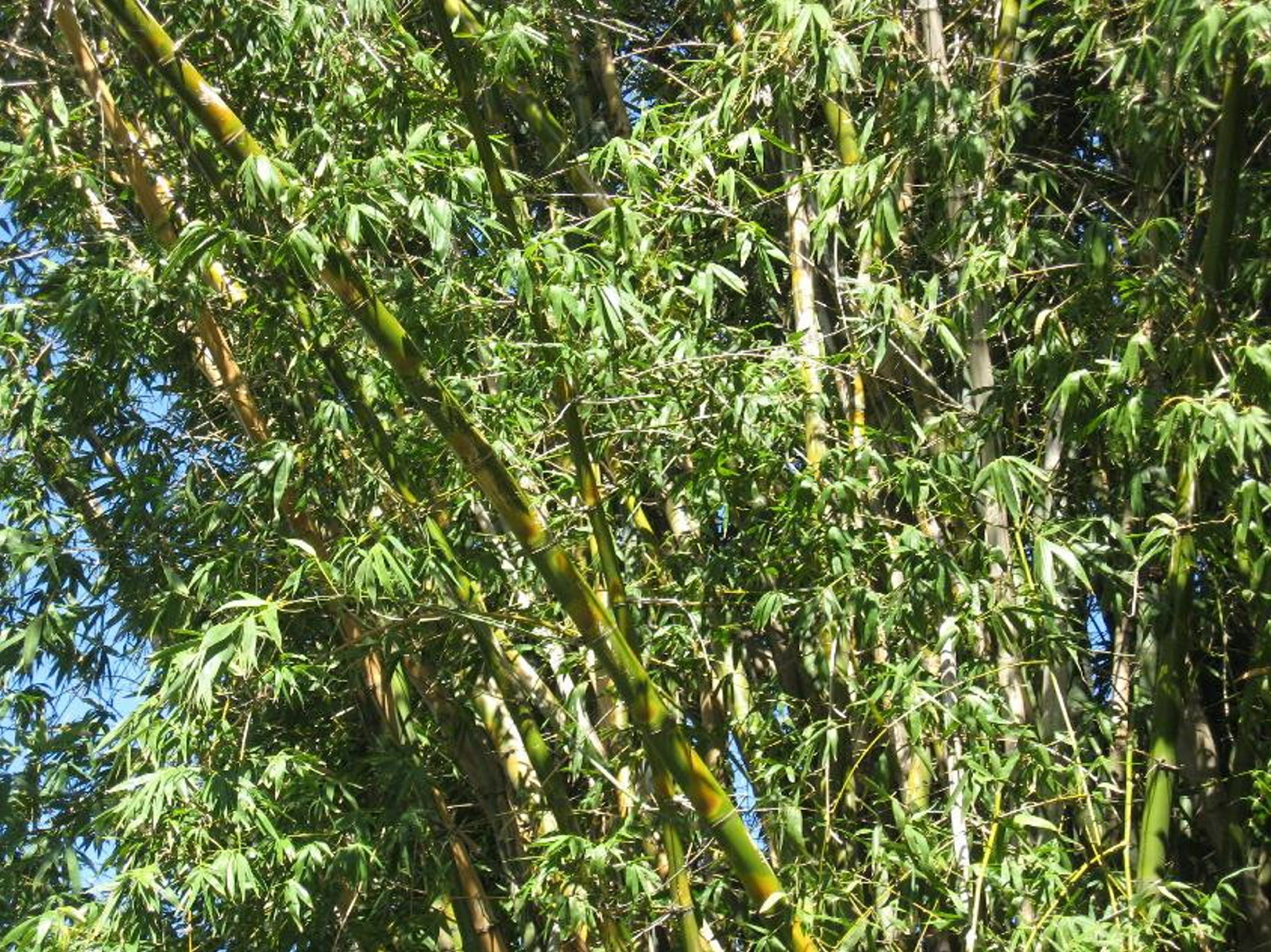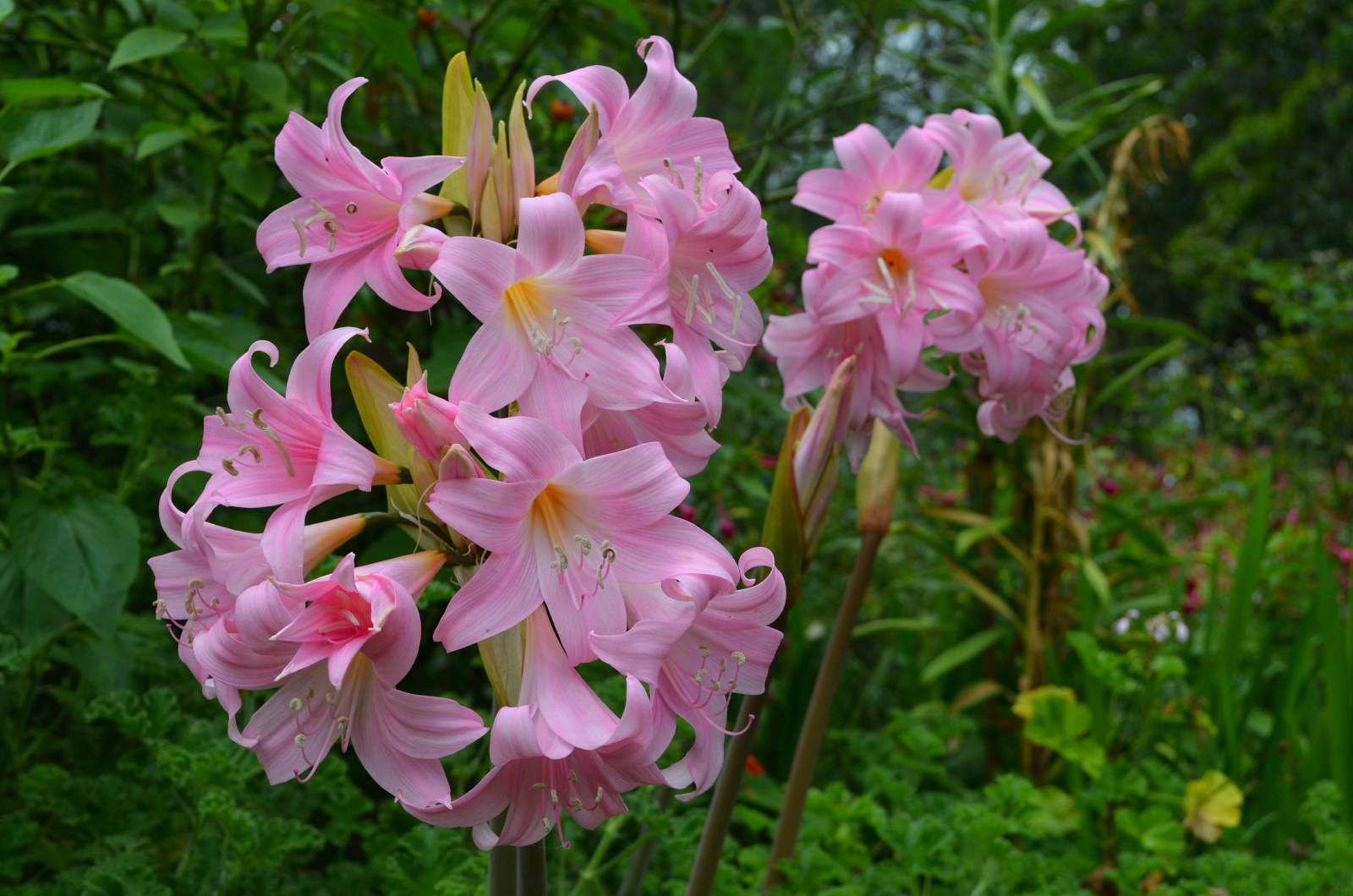Fruit & vegetables with a history
The kitchen garden at Vaucluse House boasts an impressive variety of fruit and vegetables year round. Here are just a few varieties currently growing and an insight into their back stories.
Cardoon
This handsome plant (see below) growing in the Vaucluse House kitchen garden is a Cardoon. Belonging to the same family as the artichoke it was a favourite in Victorian England where it was grown as a vegetable. Unlike the artichoke, it is the stems that are eaten like celery. Although it is still grown as a vegetable in many parts of Europe, the striking silvery leaves make it a great ornamental plant too.
Pineapples
Many people are surprised when they see pineapples growing in the Vaucluse House kitchen garden. 'I thought they only grow in Queensland!' they say. In a sunny, well drained spot protected from frost pineapples can do well in Sydney.
Once brought to Europe from South America in the mid 17th century, the fruit were highly prized. Only the wealthy could afford to grow them in compost-heat controlled glass houses. People even took them to parties to impress their friends!
Luckily here in warmer climes, everyone can have one. If you remove the top of the fruit, dry it out for a week or so, put it in a pot, plant it out once roots have formed, you'll be eating your own pineapple in two years. Yes, two years. Sorry about that! The good news is that a pineapple needs little care as it is a bromeliad and therefore very tough.
Our pineapples are an old variety called Small rough. They fruit reliably every summer and are super sweet with little acid.
Currant tomato
Another favourite growing the kitchen garden at Vaucluse House is the Currant tomato. Originally hailing from South America and first being described by Carl Linnaeus in 1763. Cherry tomatoes were listed as being propagated in the Sydney Botanic Gardens in 1827.
Despite what some gardeners may tell you, the bigger tomatoes actually need a bit of work to end up on your plate unscathed by grubs, disease and deficiencies. Not so with these ones. Currant tomatoes are only 8-12mm in size and grow on a low rambling vine. They fruit prolifically and self-seed so readily we have to pull them out where we don't want them to grow. They are still fruiting now in May!
They need around one metre square if left to ramble (you can trellis them if you want), a sunny spot and some compost.
Never bothered by grubs or fungus, they are the absolute best and tasty to boot. Sure, you may need 20 of them to fill a sandwich but in a salad or on their own, they are a mouth popping sensation. And kids love them because they're so little and look like lollies. I can't recommend them highly enough as a productive, delicious tomato that looks after itself.
Published on
Plant your history
Browse all
Plant your history
Beautiful bountiful bamboo
One of the most recognisable plants growing at Museums of History NSW today is bamboo. This colourful plant has a long history in colonial gardens

In the pink at Elizabeth Farm
Amid the late summer bounty in the garden at Elizabeth Farm, the crepe myrtle is the undoubted star of the show

Plant your history
Sumptuous cape bulbs light up late summer gardens
Belladonna Lilies and Crinum Lilies are tough bulbs that never say die and can survive years of neglect

Plant your history
Acanthus - an apt symbol for The Mint
Look at any classical building today, anywhere in the world and chances are you will find an acanthus leaf lurking somewhere